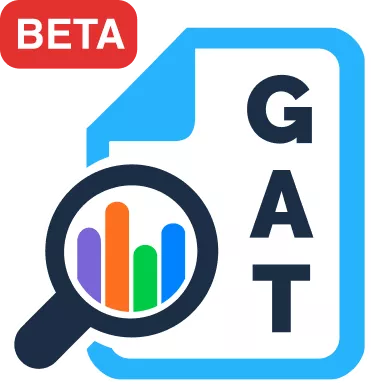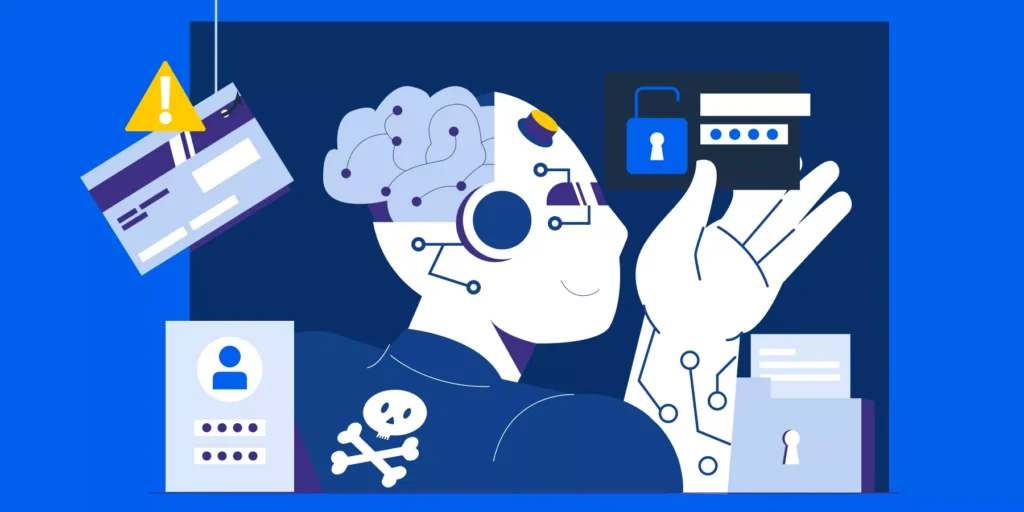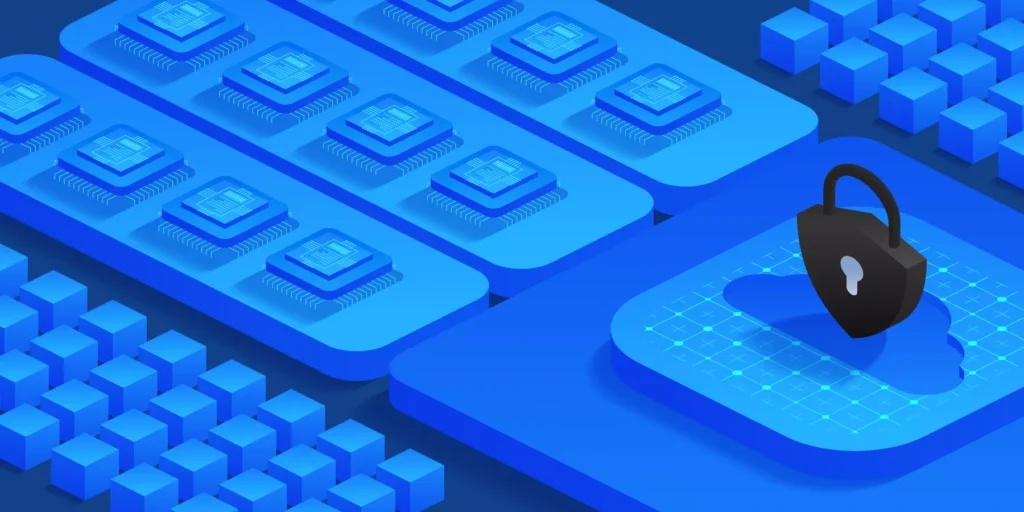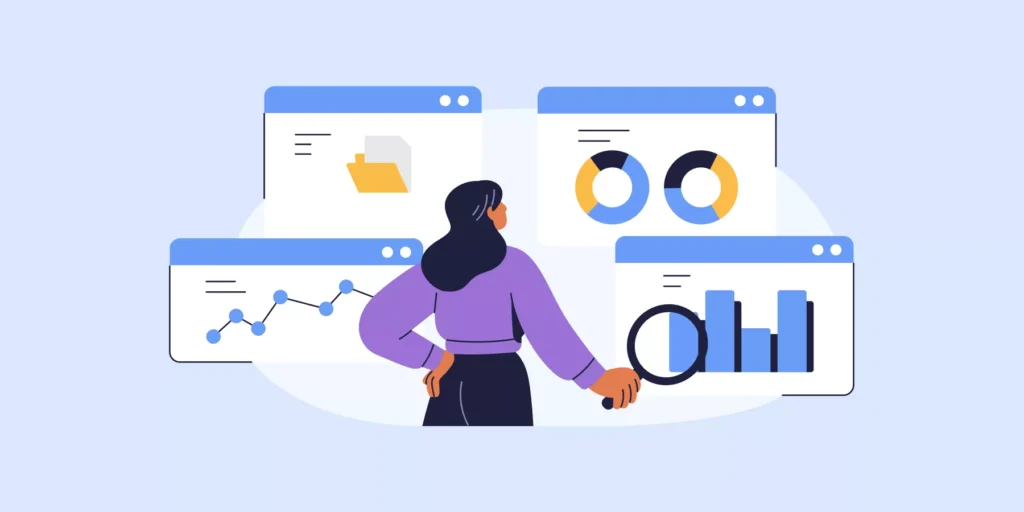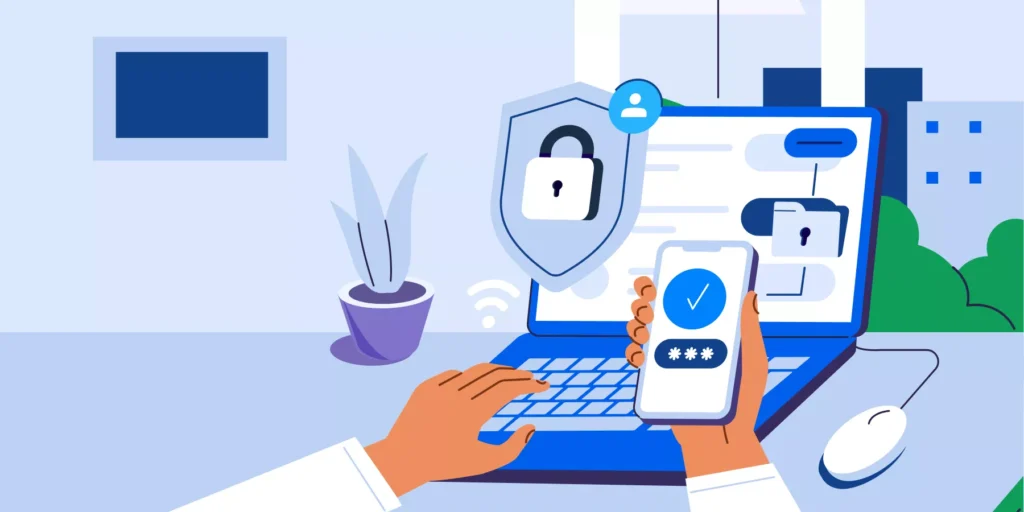Could your employee onboarding process be affecting your new hire retention rate?
You know what they say, “first impressions never have a second chance”— well, the same goes for an employee onboarding experience.
From the moment an accepted candidate signs that ‘Job offer’, certain expectations start to develop and your onboarding process is the best place to make a great impression.
Employee Onboarding: Key to new hire retention
Most people agree that they never really forget their first day at a new job (or first weeks even).
It’s one of those new beginnings that set the tone for what follows and plays a big role in determining how long a new hire stays with your company, aka your employee retention rate.
Glassdoor has found that organizations with a strong onboarding process improve new hire retention by 82% and productivity by over 70%. Meanwhile, according to HCI, a staggering 20% of new hires leave a job for a new opportunity within the first 45 days.
So where do employers go wrong? — Here are five common employee onboarding mistakes you’ll want to avoid:
1. Missing Onboarding Essentials
First things first! — let’s talk about essentials.
That typically includes things like setting up email accounts, access to important shared folders or files, pre-populating contacts, sending a welcome email, etc.
The longer it takes you to set up those essentials for a new hire, the longer they’ll have to wait to proceed with subsequent steps of their onboarding process — Never a good first impression!
One powerful way to accelerate things and achieve onboarding consistency across different departments is by automating basic employee onboarding tasks. How? Using onboarding tools to pre-build workflows.
Employee onboarding automation offers amazing benefits, including:
- Reducing new hire onboarding time – From 5+ days down to minutes.
- Speeding up new hire productivity and training.
- Saving up precious HR and management time spent on repetitive tasks.
Did you know that:
2 in 5 HR managers who don’t capture onboarding information electronically spend 3 hrs or more per new employee manually collecting and processing onboarding information that could be automated — CareerBuilder
2. Poor training and Buddy/Mentor Systems
Now on to training and buddy systems.
Let’s agree that a strong training and mentor system is the foundation most new hires need to hit the ground running.
And while every job typically requires a different skill set depending on its nature, all training programs share one common goal: To prepare employees for the job!
A good way to assess the effectiveness of your training programs is by getting new hires involved — Ask them for feedback and improvement suggestions at the end of your programs. You’d be surprised at the fresh ideas they can provide on any training gaps you may be missing.
Bonus Tip: At every organization, there’s usually someone with the best knowledge on a particular subject or area for new hires to consult whenever they need help. The tricky part though is identifying that person. But did you know that there’s a unique search tool for it?
Be it a customer, product, or opportunity, the tool will point new hires to the best person to approach for knowledge on the subject.
3. Lack of proper performance feedback and support
Let’s call this the biggest ‘retention-busting’ mistake of all.
Most hiring managers and HR personnel agree that new hires need consistent performance evaluation and feedback to grow — However, many new hires say they don’t get really enough/or the quality of the feedback they receive is poor.
Recurrent 1:1 performance evaluation meetings during the first weeks of employment are PIVOTAL. Such meetings should give new hires a chance to receive feedback, as well as share their thoughts.
If a new hire is struggling in some area, they need to receive prompt support and guidance. When they’re particularly excelling, they need to know it. If there’s room for improvement, that’s the only way they’ll know.
Performance feedback and support are part and parcel of any strong employee onboarding process.
Check out Indeed’s 10 Tips for Giving Useful Performance Feedback for more insight.
4. Short-term onboarding planning
So how long does your employee onboarding process usually last? — Is that enough? Let’s see!
Strong employee onboarding programs typically range from the employee’s first 90 days and can extend up to 12 months.
However, a survey by CareerBuilder found that out of 2,300+ surveyed hiring managers and HR professionals, three-quarters hold onboarding processes that last one month or less.
Before deciding on how long your onboarding program should be, you need to consider the following:
- Onboarding start date.
- Training duration.
- What skills and knowledge do they need to develop? And what’s the average timeframe to get there?
- How long will it take them to settle into the new role?
- What are the challenges and goals that mark the first few months? How will you help them get there?
- How often do you plan on evaluating performance and offering feedback?
- How long will the probationary period be?
- What role will HR, direct managers, and co-workers play in the onboarding process?
That should give you a more accurate idea of how long your onboarding process should roughly be.
5. HR Unresponsiveness
Speaking of the role HR will play.
New hires usually need to cover plenty of things when they first join a new organization. From getting on the payroll system to signing up for benefits and completing new-hire paperwork.
To that, HR needs to stay particularly close and responsive during those first weeks.[
HR unresponsiveness post-hiring step can cause new joiners to feel unsupported and lose confidence in your HR department.
How GAT improves employee onboarding in Google Workspace:
GAT for HR automates employee onboarding, offboarding, and modifying tasks seamlessly in Google Workspace.
It covers everything from welcome emails and email signatures to pre-loading files, pre-populating contacts, and much more…
Every department can have its own unique workflow and every workflow can be fed individual user names or a list from a sheet.
Save the workflow to use again and again…
Interested to learn more? — Get in touch with us here.
Insights That Matter. In Your Inbox.
Join our newsletter for practical tips on managing, securing, and getting the most out of Google Workspace, designed with Admins and IT teams in mind.

